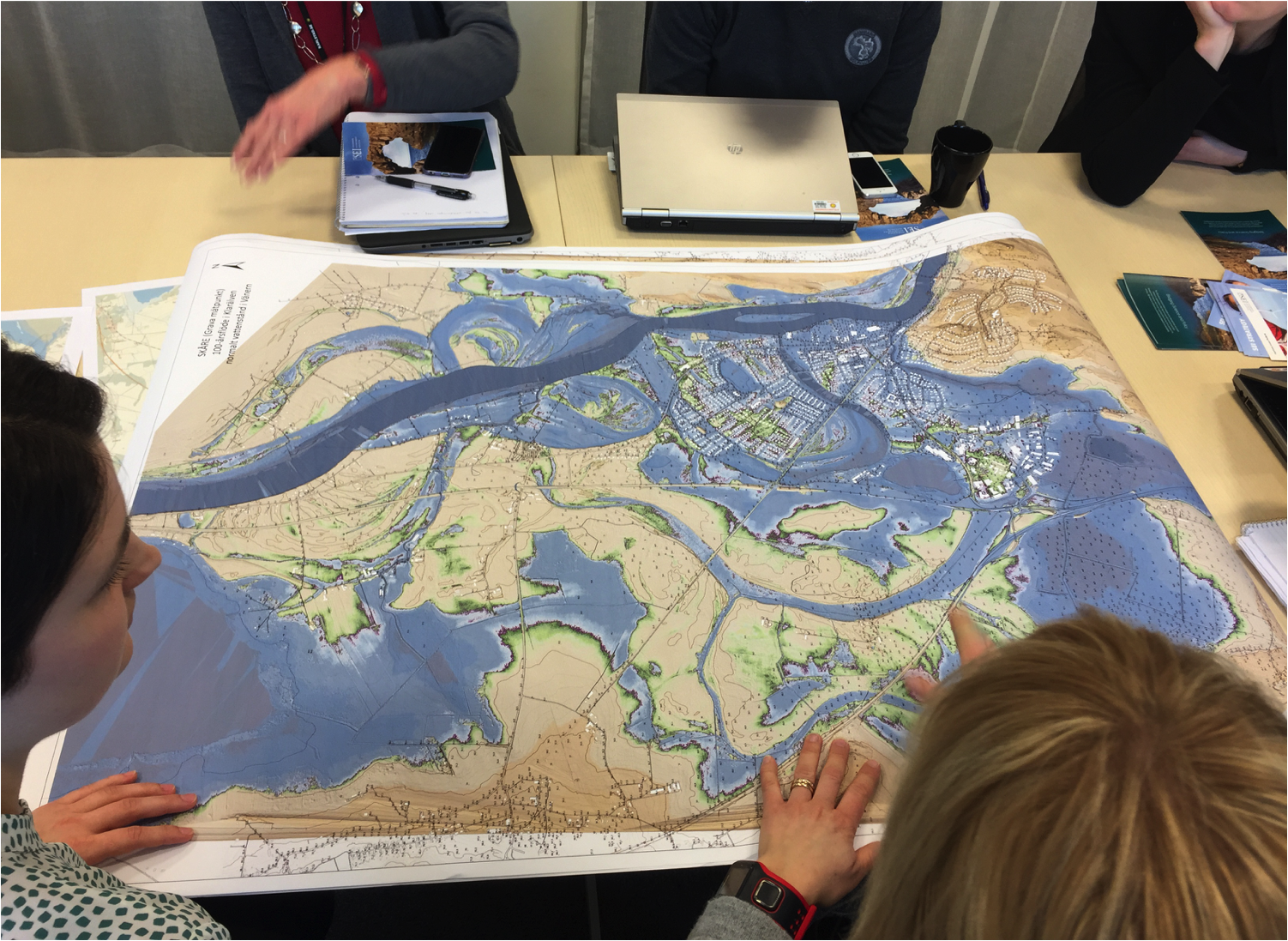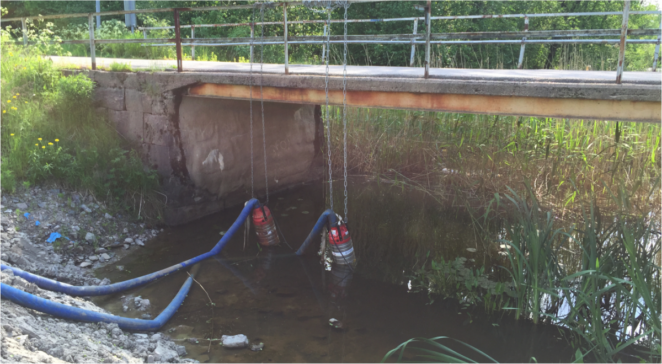HazardSupport: Risk-based decision support for adaptation to future natural hazards

Introduction
Climate change will likely lead to increased frequency and intensity of extreme natural events such as storms, floods, fires and heat waves. Despite major advances in climate projections, climate impact studies, climate services and adaptation research related to the occurrence of natural hazards, use of this knowledge in societal planning is still limited. In 2014 the county administrative boards in Sweden presented county wide action plans, however, stakeholders often need tailored climate data and are not necessarily aware that tailoring can improve the available data.
The aim of the HazardSupport project is to develop a new method for decision-makers and climate experts to tailor information about the impacts of climate change on natural hazards for adaptation decisions. The project has three overarching goals:
- To produce guidelines for climate adaptation studies focusing on how stakeholders can obtain the tailored scientific data necessary for adaptation decisions and take into account constantly updating and changing climate projection information in their adaptation plans.
- To produce best scientific practice guidelines for climate experts who carry out tailored climate impact studies for stakeholders.
- To establish a science-stakeholder arena for collaboration and mutual learning on climate adaptation and natural hazards
The project, which is a collaboration between the Swedish Meteorological and Hydrological Institute (SMHI) and Stockholm Environment Institute (SEI), will last between Sep 2015 and Aug 2020.
Methods
The project will be divided into 3 work packages:
- WP 1. Participatory Methods and Critical Situations. Aim: establish a science-stakeholder arena for collaboration and mutual learning on climate adaptation and natural hazards by implementing a participatory process involving scientists and stakeholders for design of climate impact risk studies
- WP 2. Tailored Climate Impact Studies. Aim: assess the impacts of climate change relative to the critical conditions identified in WP1
- WP 3. Risk and Decision Processes. Aim: study and improve the decision making processes of the case study stakeholders; to draw up general recommendations for how other stakeholders can make design climate adaptation studies and improve their decision making.
Methods for climate change impact studies as well as adaptation planning regarding natural hazards will be explored and developed in 3 separate case studies. Stakeholders from all three case studies have confirmed their interest in partaking in this project and to ensure their serious commitment to the participatory processes:
- Heat waves (City of Stockholm)
- Torrential rains and floods (Karlstad and rescue service)
- Coastal Floods (Länsförsäkringar)

Project Outputs
Forthcoming project outputs will be listed here as they are produced – be sure to check back!

(0) Comments
There is no content